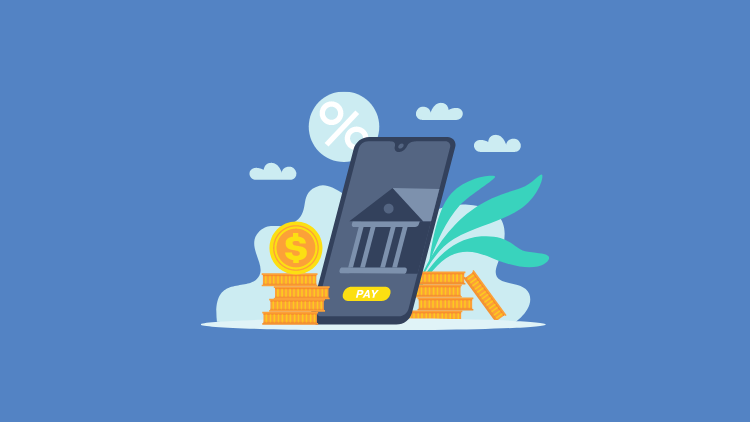Partner,
Payments
- This year Tearsheet's The Power of Payments conference brought together executives from industry leaders like SVB, Fifth Third, Zip CO, and Payoneer.
- We dive into the biggest ideas and strategies shared on the day, such as mindful deployment of AI, strategies for banks making embedded finance plays, and building the right experiences and integrations in payments.
Rabab Ahsan | December 10, 2024
BNPL,
Financial Education,
Partner,
Payments
- The BNPL model highlights a key societal dilemma: the trade-off between immediate gratification and future security. For Gen Z, this struggle is amplified by higher living costs, housing prices, and student debt.
- Matt Britton, CEO of Suzy, encourages younger consumers to pair BNPL’s convenience with mindful financial planning to build a secure future.
Sara Khairi | December 04, 2024
Artificial Intelligence,
Banking,
Designing new products,
Innovation,
Partner
- While fintechs are rolling out AI-driven tools for wealth management and tax planning, banks remain cautious, focusing on internal productivity rather than customer-facing products.
- Apart from the compliance hurdles banks may be facing when it comes to deploying Gen AI, another reason for their slow movement may be the perceptions of their core consumer segment.
Rabab Ahsan | November 26, 2024
Banking,
Partner,
SMB Finance
- Dive into the major themes related to SMB finance that dominated the discussions at this year's The Big Bank Theory Conference held in New York.
- Executives from Mastercard, Truist, US Bank, Citizens, and Gusto explore how companies can build more powerful SMB strategies by centering communities and technology.
Zack Miller | November 20, 2024
4 charts,
Banking,
Partner
- Fintechs and digital banks are outpacing traditional banks in their effective use of technology, drawing in increased consumer interest.
- Financial institutions need to revise and realign their strategies to navigate fintech challenges and stay competitive in today's market.
Sara Khairi | October 25, 2024





